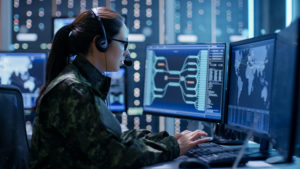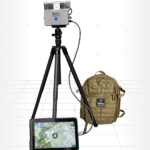
The Defense Advanced Research Projects Agency (DARPA) intends to meet the goals of its Aircrew Labor In-Cockpit Automation System (ALIAS) by Sept. 30, which is the end of the current fiscal year. The agency funded ALIAS at nearly $17.2 million in fiscal 2018 and $10 million in fiscal 2019 but has requested no funding for the program in fiscal 2020. The latter "decrease reflects program completion," according to the Pentagon justification book on the fiscal 2020 DARPA budget request. ALIAS…

 By
By 








